
Eurasier
Shortcuts
The Eurasier is a medium-sized dog celebrated for its thick coat in various colors, and its loyal, calm nature makes it ideal for families. Though confident, it’s reserved around strangers, reflecting its protective side. This breed requires close companionship with its human family, struggling in solitude or when confined outside.
Their coat comes in many colors, excluding liver, pure white, and white patches, with facial markings adding to their charm. The Eurasier’s tongue may be purple, pink, or spotted, enhancing their distinctive look. These traits and gentle disposition make them highly sought after by those wanting a balanced and devoted family pet.
Breed Overview

Height
19 – 24 inches
Weight
40 – 70 pounds
Lifespan
12 – 16 years
Colors
Black, fawn, red, black and silver, wolf sable, black and tan
Suitable for
Active families with children living in cold climates
Temperament
Even-tempered, playful, alert, affectionate


Height
19 – 24 inches
Weight
40 – 70 pounds
Lifespan
12 – 16 years
Colors
Black, fawn, red, black and silver, wolf sable, black and tan
Suitable for
Active families with children living in cold climates
Temperament
Even-tempered, playful, alert, affectionate

The Eurasier is a medium-sized breed that originated in Germany. Known for its balanced temperament, it makes an excellent family companion.
Characteristics
Energy

Health

Sociability

Trainability

Lifespan


Enjoying this read?
We publish this content for free to generate interest in our Premium members' area. By subscribing, you can ask the writer any questions related to pet care and this article, get access to 100+ Premium Pet Care Guides and go Ad-Free with DogFix Premium for $2.99.
Health Conditions
Although Eurasiers are generally healthy, they may be prone to certain genetic conditions. Early diagnosis and treatment are essential for effectively managing these conditions.
Minor Conditions
- Distichiasis
- Dietary allergies
- Ear infections
- Dental issues
Serious Conditions
- Hip dysplasia
- Autoimmune thyroiditis
- Patellar luxation



Eurasier Puppies
Eurasier puppies are a delightful mix of several breeds, including the Chow Chow, Wolfspitz, and Samoyed. Known for their wolf-like appearance, these puppies possess a thick double coat, erect ears, and a bushy tail. They are medium-sized, with a friendly and playful disposition, making them excellent companions for families.

Socialization is crucial for Eurasier puppies to ensure they develop into well-mannered adults. They are intelligent and eager to please, making training relatively easy with positive reinforcement techniques. These dogs thrive on human interaction and require regular exercise to keep them happy and healthy. Overall, Eurasier puppies combine beauty with a loyal, affectionate nature, making them a wonderful addition to any home.
Temperament & Intelligence Of The Eurasier
Eurasiers are gentle, loyal family pets known for their cheerful disposition. They bring warmth and happiness to any home. Thanks to their relaxed and easy-going nature, they adapt well to different lifestyles. Their intelligence allows them to sense and respond to their owner’s emotions, making them comforting companions during tough times.

Due to their intelligence and sensibility, training these dogs is relatively easy. They fit well with experienced and novice dog owners and enjoy family activities. Eurasiers require companionship and thrive on social interaction, making them affectionate and dependable pets perfect for family life.
Are These Dogs Good For Families?
A Eurasier makes a beautiful family pet known for deeply bonding with household members. They are protective and watchful, showing great judgment around friends and strangers. Their approach to unfamiliar faces stems from caution rather than aggression, making them reserved but not hostile.

Given their moderate energy levels, Eurasiers are best suited for families with children over six rather than households with very young children or older adults. Children and Eurasier puppies who learn to interact with mutual respect can develop a strong, enduring friendship, enriching the family dynamic.
Does This Breed Get Along With Other Pets?
Eurasiers enjoy the companionship of other dogs due to their pack-oriented nature, bonding well with fellow canines. Introducing them to other pets at a young age and regular socialization is crucial for calm interactions with unfamiliar dogs. However, when it comes to cats or smaller pets, owners should exercise caution and supervise these interactions closely, as Eurasiers may playfully chase them, potentially causing harm.

To prevent accidents, it’s advisable to either supervise Eurasier’s interactions with smaller animals closely or keep them separated when unsupervised. Adopting measures like early socialization, constant supervision, and positive reinforcement for good behavior can foster peaceful coexistence in homes with various pets.
Food & Diet Requirements
Eurasiers should be fed a high-quality, protein-rich kibble diet to replenish their muscles after daily activities and maintain their energy levels. For dogs with particular tastes, wet food can be used as a topper to stimulate their appetite and make meals more enjoyable. Homemade and raw food diets are also an option, but consulting with a veterinarian is essential before introducing homemade recipes to ensure all nutritional needs are met.

Portion control is essential to prevent overeating and weight gain. Following the feeding guidelines on the food packaging can help maintain the appropriate weight. For puppies, it’s recommended to feed them 2 to 3 smaller meals per day, while adult dogs can be fed 1 to 2 meals per day.
Exercise
Eurasiers need significant exercise to stay content and healthy, enjoying 60 minutes of active outdoor play daily. They thrive in cold climates, savoring winter activities like playing in the snow. Despite heavy coats, they manage in the heat with shorter, well-hydrated exercise sessions.

Hiking, jogging, and fetch stimulate Eurasiers physically and mentally while socializing with other dogs offers additional benefits. Regular vigorous activities are essential for their well-being, preventing restlessness and behavioral problems.
Training
Eurasiers are naturally talented at learning, quickly mastering basic commands, and housebreaking. They thrive on positive reinforcement and show keen eagerness during training. However, negative punishment can hurt their sensitive demeanor, hindering their learning progress.

Professional obedience training is an excellent option for those interested. It instills vital manners and behaviors. Essential training tips include patience, short, engaging sessions, positive reinforcement, and early socialization with diverse environments, people, and animals.
Grooming
Eurasiers have a thick, spitz-like coat that requires consistent grooming to keep it in good condition. Their double-layered fur needs daily brushing to manage shedding and prevent matting.
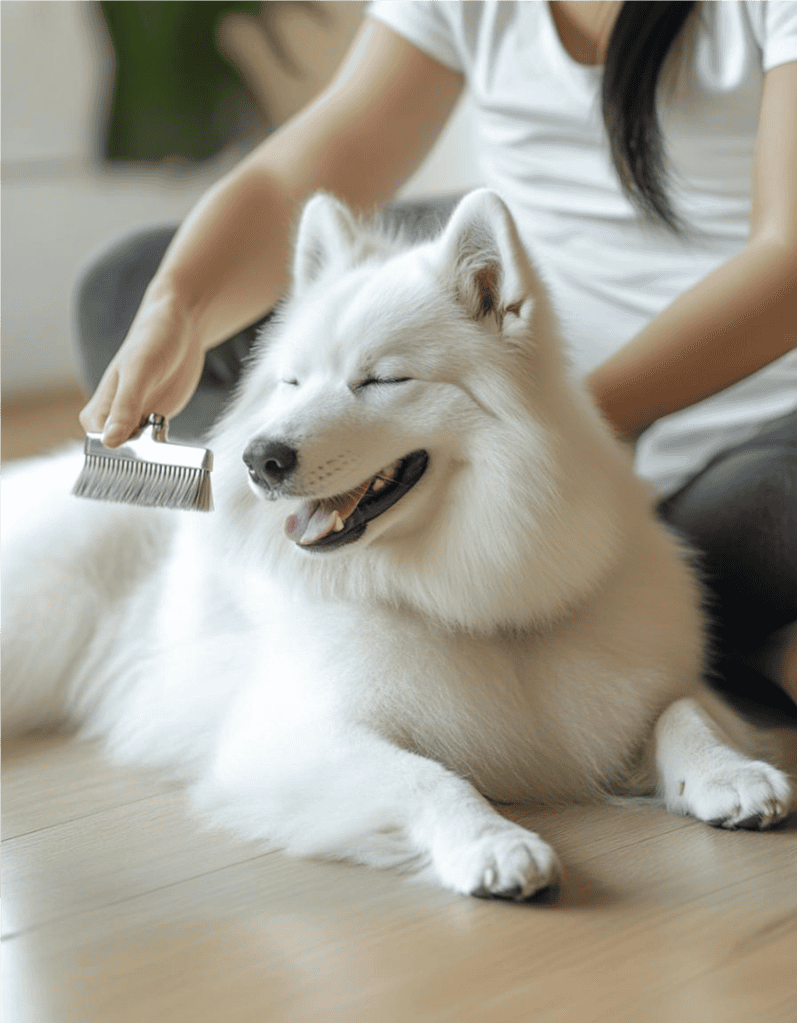
Twice a year, they experience heavy shedding periods. During these times, you must brush them more frequently to keep loose fur under control. Bathing should be done every 4 to 6 weeks. After a bath, you should also perform additional grooming tasks such as teeth brushing, ear cleaning, and trimming nails.
Male Vs. Female
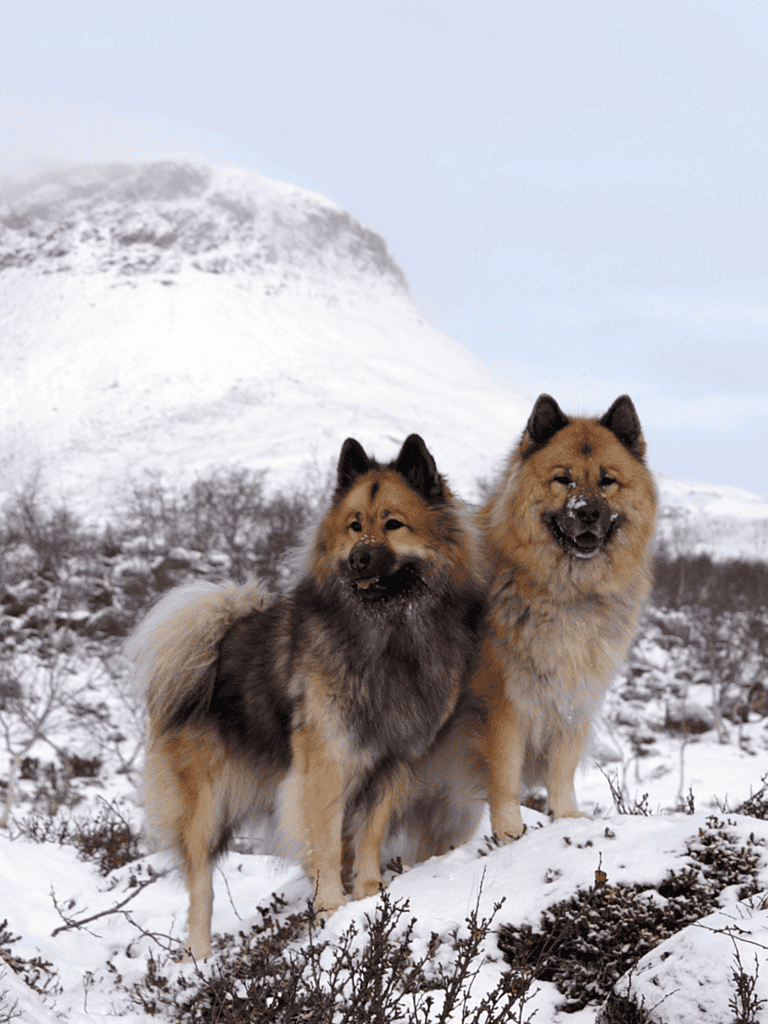
Male Eurasiers are generally larger and more robust compared to females. Males usually weigh about 10 pounds more and have a thicker skull. In terms of behavior, males might display more territorial aggression and marking. Neutering them around six months old can help reduce these tendencies. Socially, males often appear more outgoing and friendly. Conversely, females may seem more reserved or aloof, focusing more on their immediate pack. Remember that personalities can vary, so individual traits may differ despite general trends.
Fact #1: The AKC doesn’t officially recognize Eurasiers
Eurasiers are currently not recognized by the American Kennel Club (AKC) and are instead listed under the Foundation Stock Service (FSS) program. This program allows breeds to develop while maintaining records for potential future full recognition.
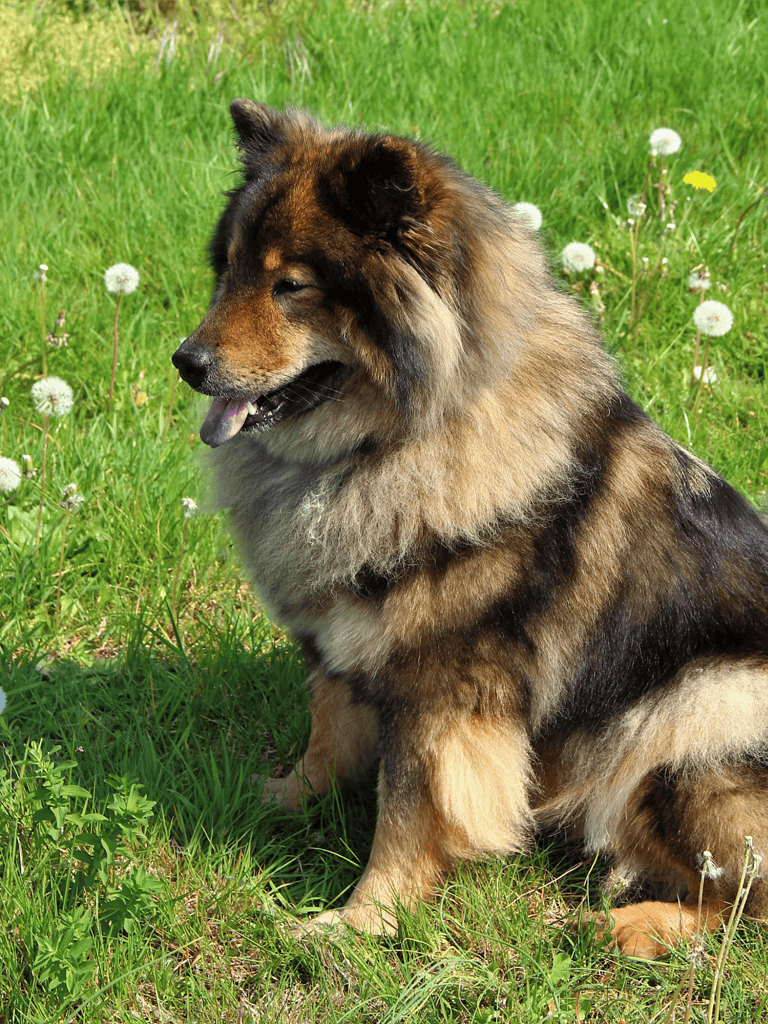
Breeders in the United States follow the Fédération Cynologique Internationale (FCI) Breed Standards for Eurasiers, which guide breeding and registration practices to ensure the breed’s consistency and quality.
For full recognition by the AKC, specific criteria must be met. Until then, Eurasier owners can participate in events and shows run by other international dog breed clubs where registration and recognition are more established.
Fact #2: Eurasiers Got Their Name from Their Lineage

Eurasiers have fascinating ancestry linked to both European and Asian dog breeds. The breed’s name combines “European” and “Asian,” reflecting its heritage. Key ancestral breeds include the Chow Chow, which originates from China; the Samoyed, native to Siberia; and the Wolfspitz, from Germany. These dogs bring together the best traits of their Asian and European ancestors and create a well-rounded and unique breed.
Fact #3: The Eurasier is a Combo of Three Well-Known Dogs
The Eurasier is a unique breed that combines the traits of the Chow Chow, Keeshond, and Samoyed. It inherits the Chow Chow’s protective nature and loyalty, while the Keeshond’s pleasant and friendly qualities make the Eurasier an exceptional companion.
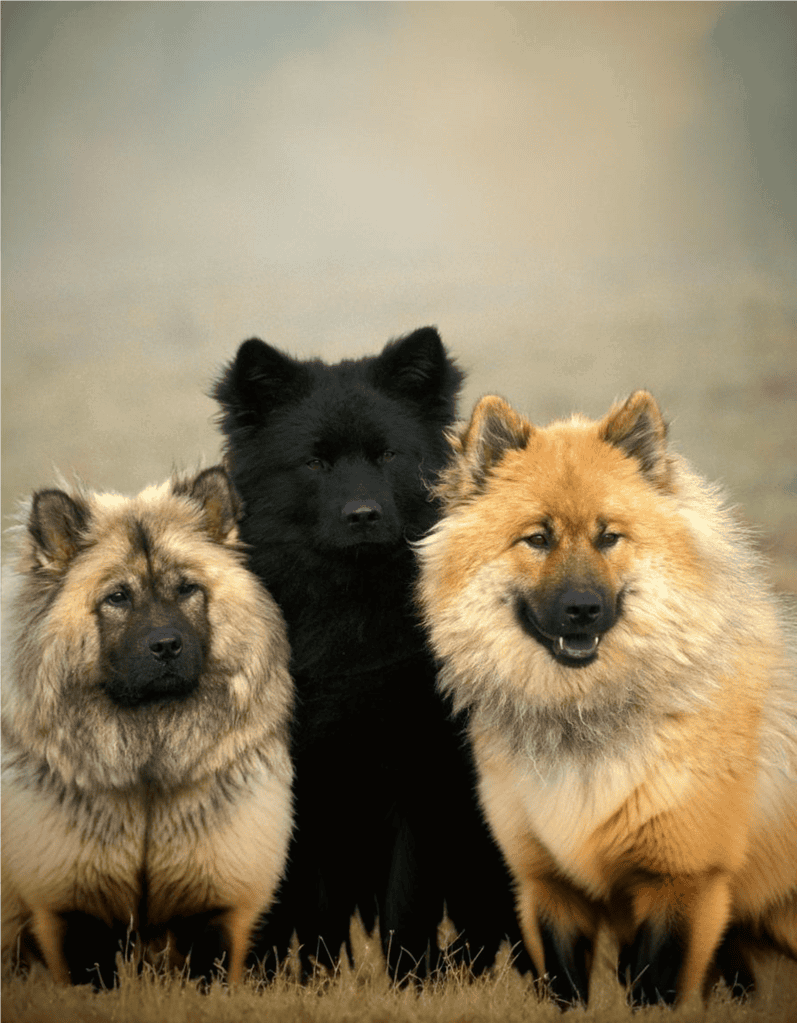
The Samoyed contributes a fluffy coat and a gentle temperament, enhancing the Eurasier’s appearance and balanced character. This mixture creates an affectionate and protective dog, carefully selecting each breed’s qualities to improve the Eurasier’s overall traits.
Final Thoughts
The Eurasier is a unique and loving breed that excels as a family companion. With their striking appearance and affectionate nature, they are ideal for those who appreciate a loyal, intelligent dog. However, potential owners should be prepared for the breed’s grooming needs and exercise requirements to ensure a happy, healthy life.
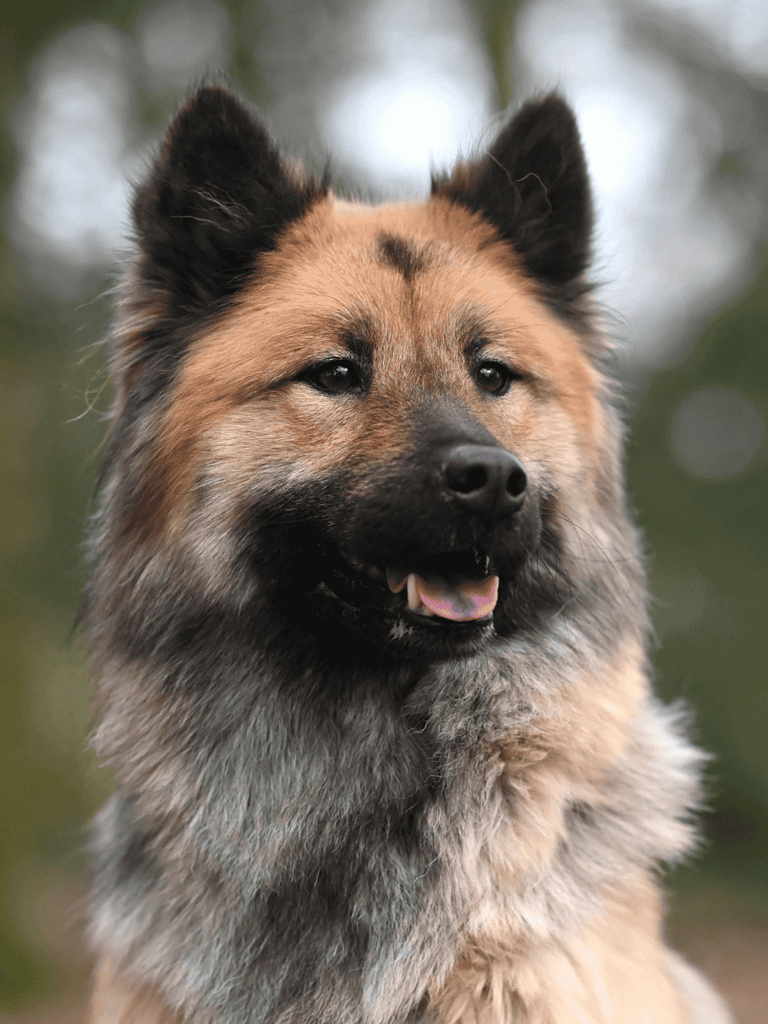
Choosing a Eurasier means embracing a dog that thrives on companionship and social interaction. With proper care and training, these dogs can adapt well to various living situations, making them a wonderful addition to any home.
Frequently Asked Questions
What is the average weight range for a Eurasier?
Eurasiers typically weigh between 40 to 70 pounds. Males often fall on the higher end of the range, while females usually weigh slightly less.
What personality traits are typically seen in Eurasiers?
Eurasiers are known for being loyal, calm, and social. They bond closely with their families and do well in a home environment where they receive consistent companionship.
How long do Eurasiers generally live?
The average lifespan of a Eurasier is between 12 to 14 years. Proper care, diet, and regular veterinary check-ups can contribute to a longer, healthier life.
What are the standard size dimensions of a Eurasier?
Eurasiers typically stand between 19 to 24 inches tall at the shoulder. Males are usually taller and heavier, whereas females are slightly smaller.
What variety of colors do Eurasiers come in?
Eurasiers come in various colors: red, fawn, wolf-gray, black, tan, and sable. Their dense double coat often features a mix of these colors.
How often do Eurasiers require grooming?
Eurasiers require brushing at least once a week. They may need frequent grooming to manage their thick coats during shedding seasons.

Didn’t find what you need? Use the search!
Search our database of over hundreds of posts with up-to-date information from our experts and veterinarians.

